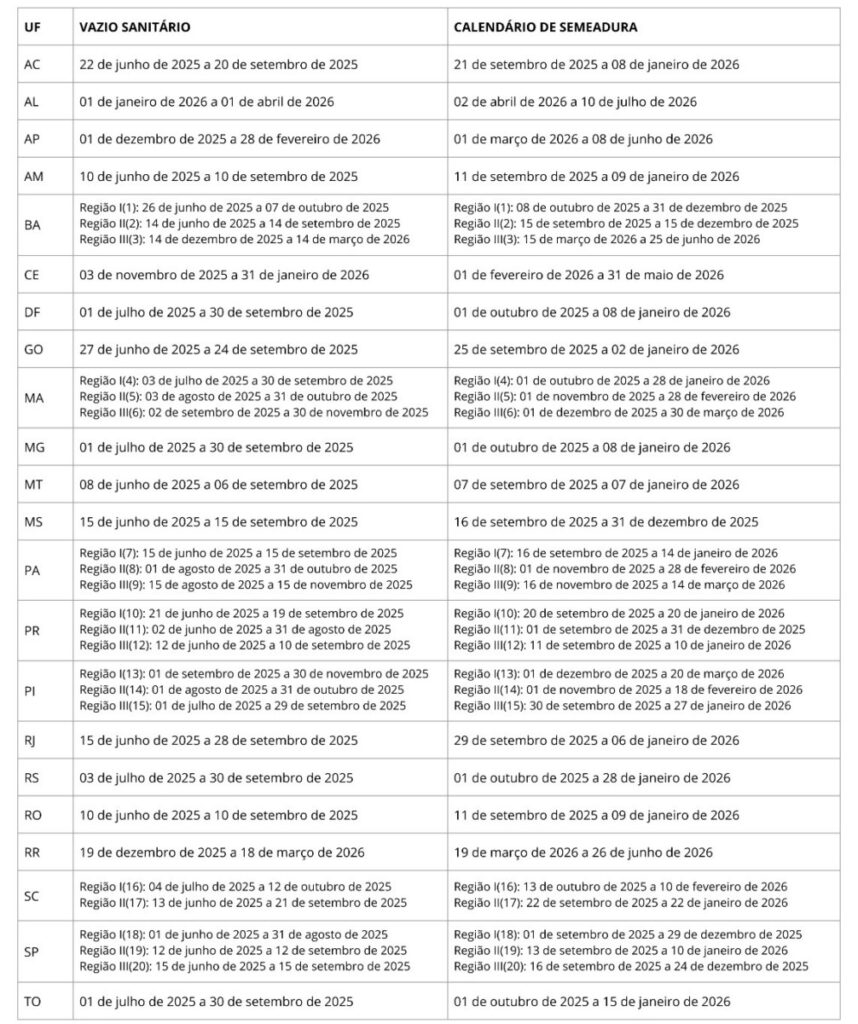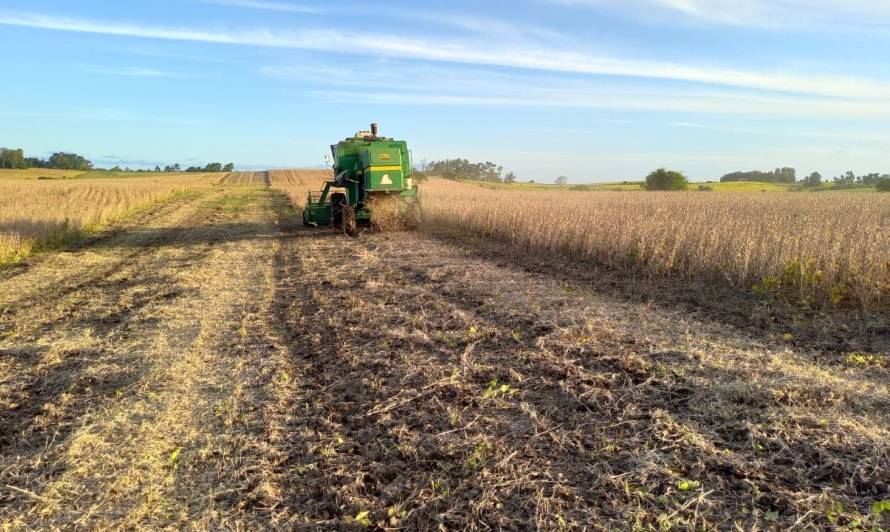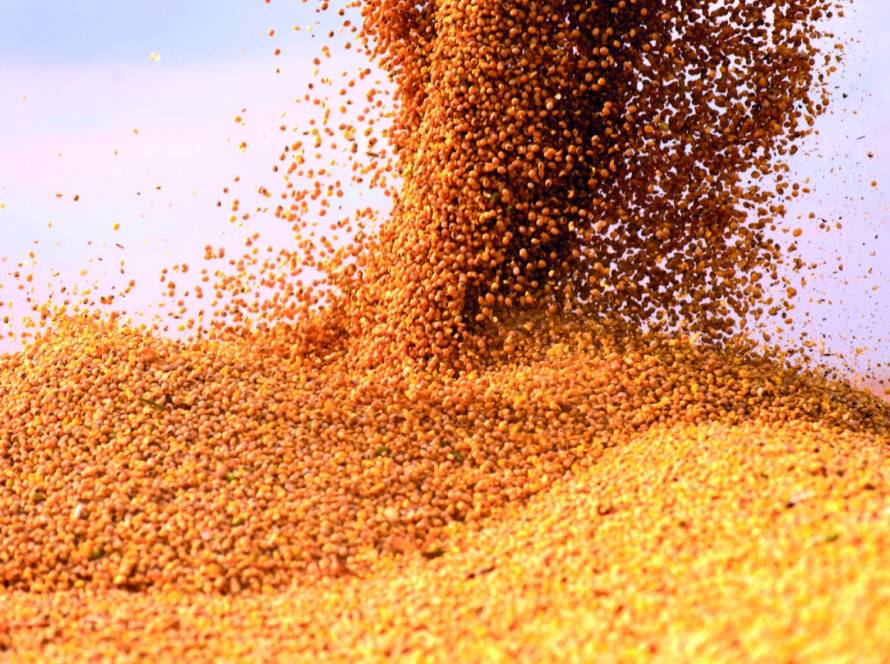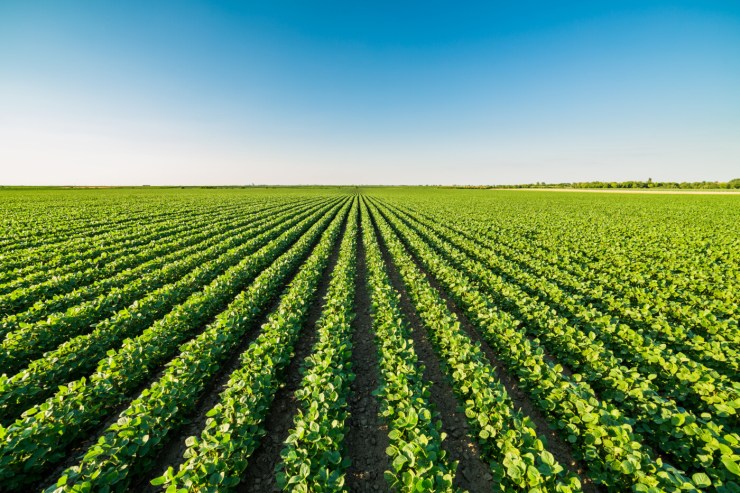The Ministry of Agriculture and Livestock (Mapa) published, on Monday (05), Ordinance No. 1,271, which establishes the periods of sanitary vacuum and the soybean sowing calendar at the national level, referring to the 2025/2026 harvest.
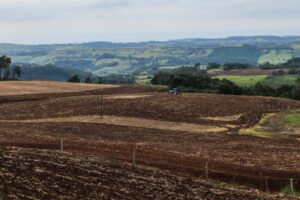
The sanitary break aims to reduce as much as possible the inoculum of Asian soybean rust, caused by the fungus Phakopsora pachyrhizi. To this end, for a continuous period of at least 90 days, it is not permitted to plant or maintain alive soybean plants at any stage of development in the designated area. This phytosanitary measure is one of the most important for controlling the disease, minimizing the negative impacts during the following harvest.
In turn, the sowing calendar, a phytosanitary measure complementary to the sanitary vacuum period, aims to rationalize the number of fungicide applications and reduce the risk of Asian soybean rust developing resistance to the chemical molecules used to control it. The action was implemented by the National Program for the Control of Asian Soybean Rust (PNCFS). “The combination of technical and scientific knowledge, in addition to the diversity of geoclimatic conditions that constitute the Brazilian territory, among other factors, demonstrate the challenge of formulating these plant health defense actions. All this effort would not be possible with the exclusive participation of MAPA and had the support of many institutions, mainly state plant health defense agencies and research institutions”, highlighted the director of the Plant Health Department, Edilene Cambraia.
Check the sowing periods for soybean crops

